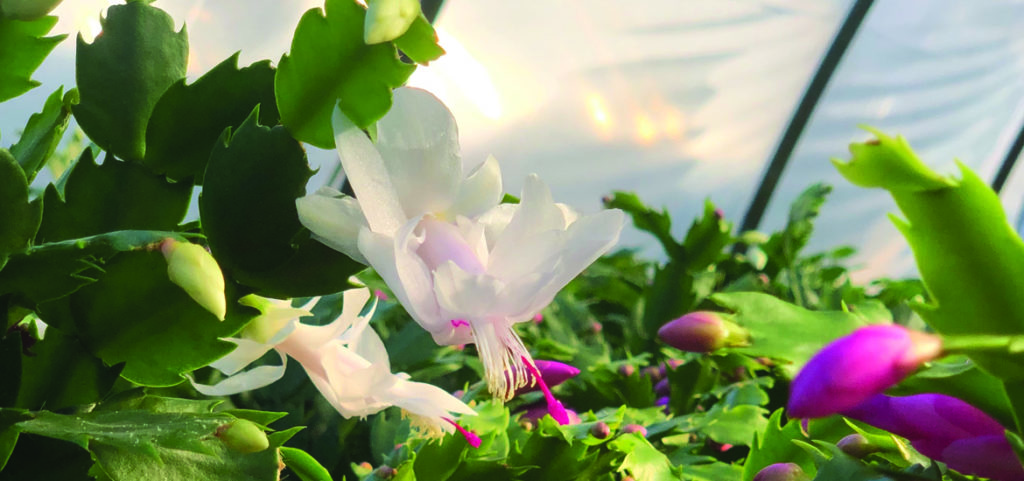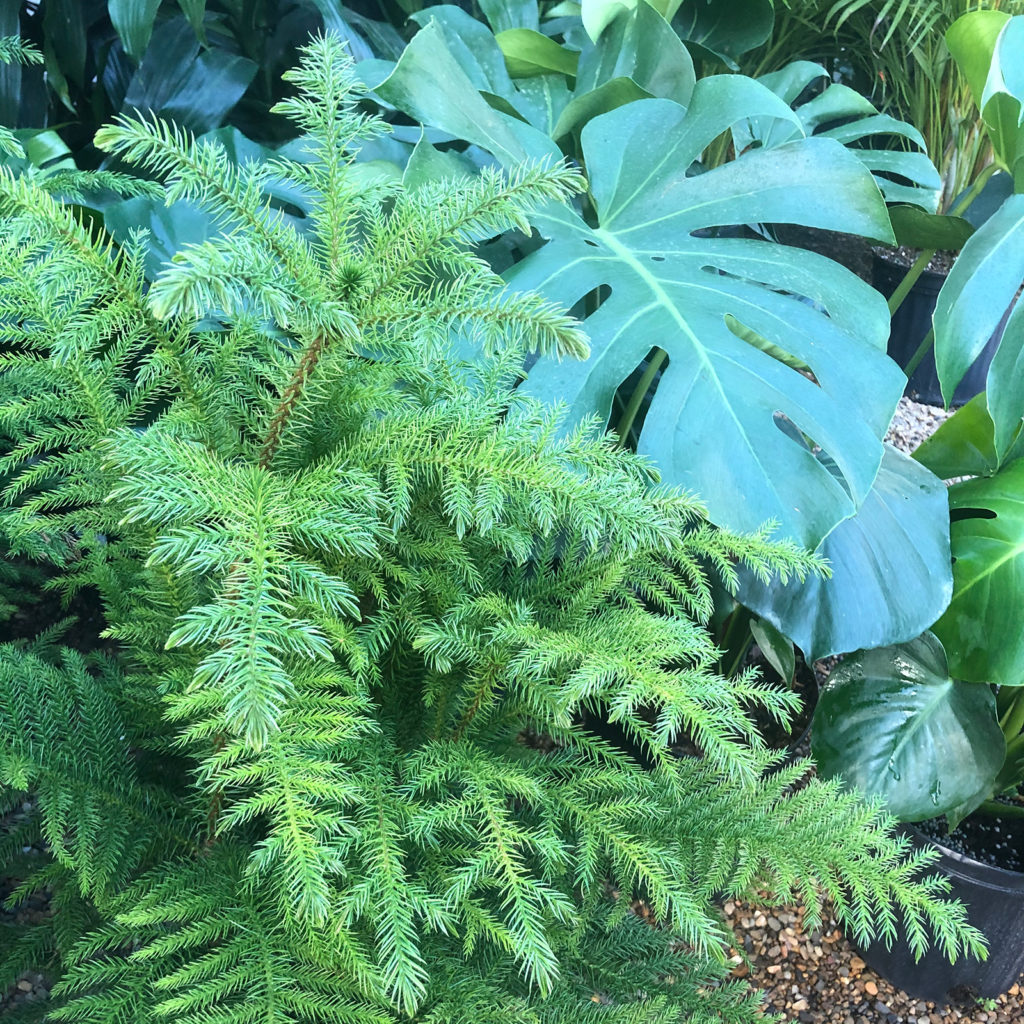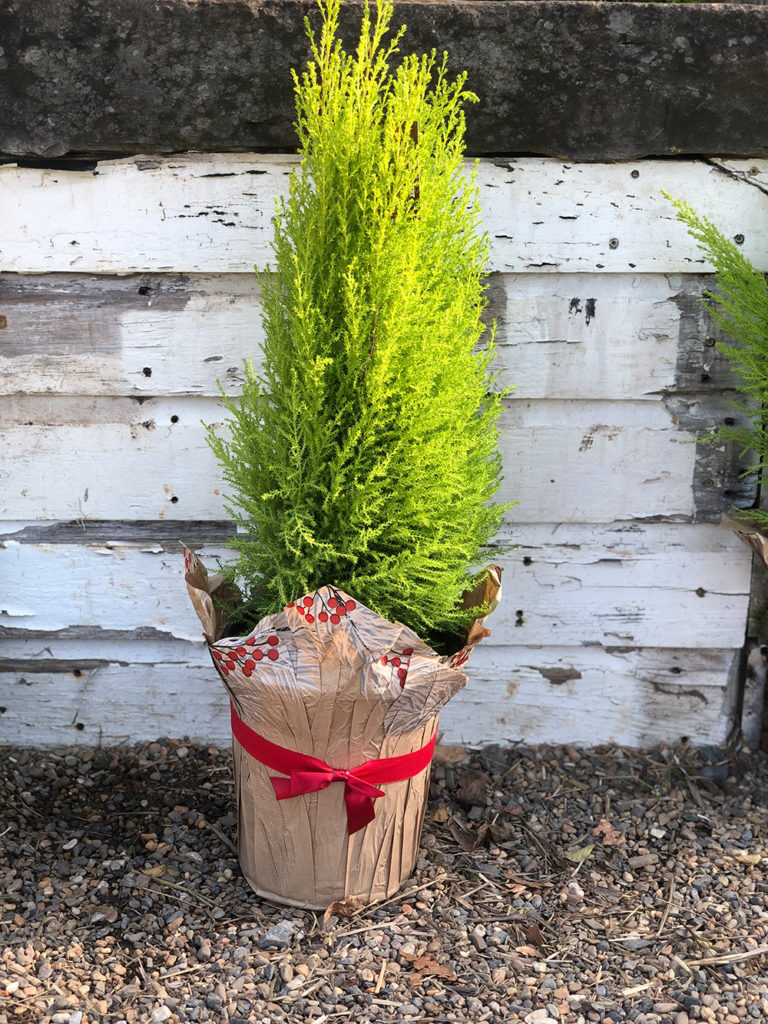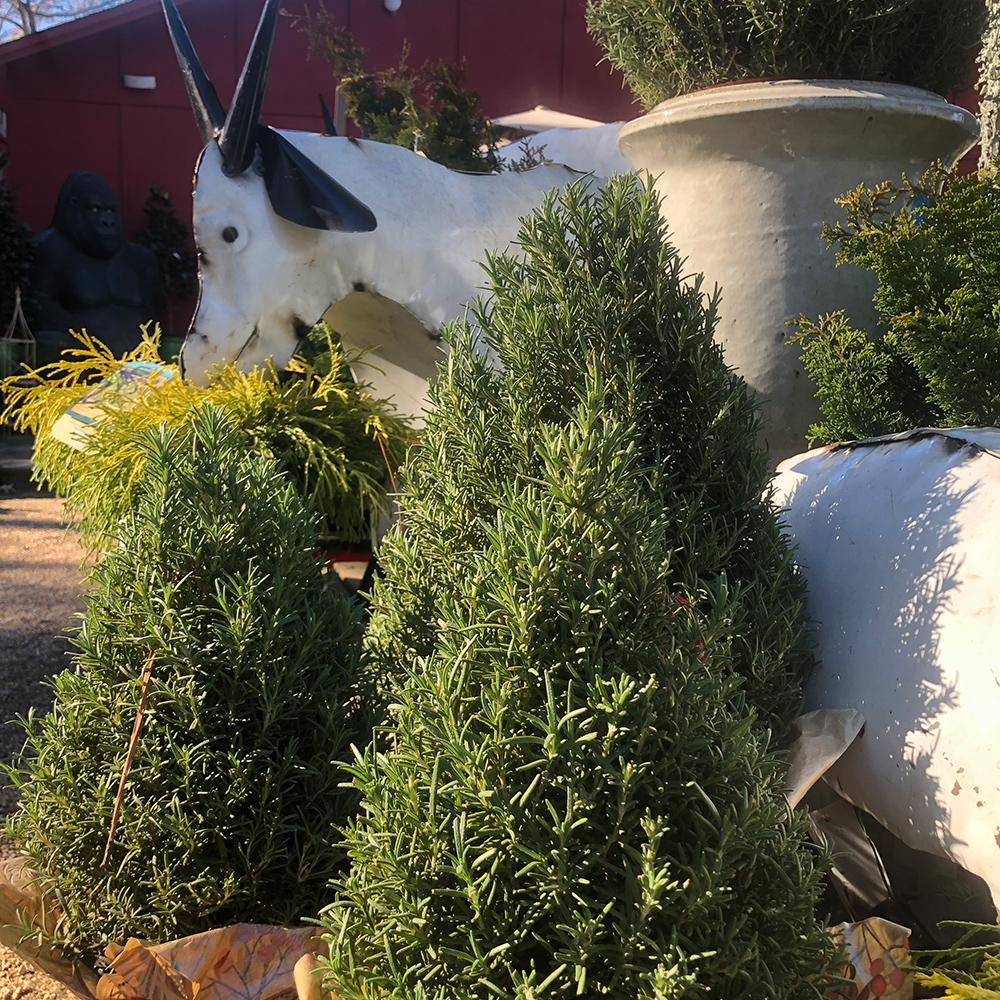Great Holiday Plants For Gifts and Decorating
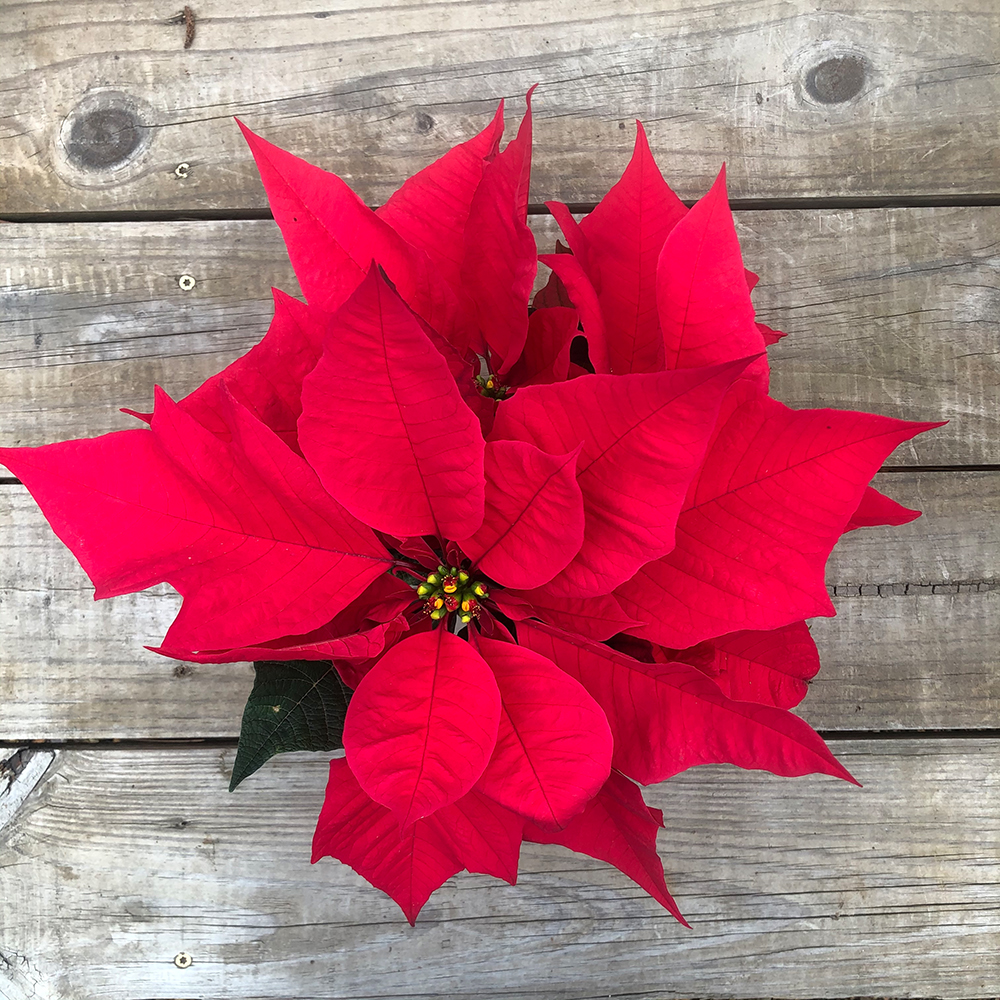
Poinsettia *In stock by Thanksgiving*
Are you thinking this is going to be all about poinsettias? Nope! But we do have a whole post about them, including care tips. Follow this link for all the poinsettia information you might want. We went a little plant nerd on the topic and understand if you skip the history bits at the beginning! Key things to remember for poinsettias are to place in bright, indirect light, water as needed and avoid over watering. For detailed information, we suggest visiting the poinsettia blog post.
Christmas Cactus *In stock by Thanksgiving*
If we aren’t talking about poinsettias, what are we talking about? Great question! Let’s start with maybe the second most popular Christmas cactus. Which is really usually a Thanksgiving cactus but it blooms this time of year and is often referred to as a Christmas cactus. Recently, we have seen other stores call them Holiday cactus, which about covers all the relatives, including Easter cactus. We have a whole post about these too, here is the link to that. It seems like this plant meanders in and out of popularity but this year, all things plant are popular, especially traditional ones like this. Just in case you aren’t sure what plant we are even talking about, it’s pictured above. It’s easy care and a great pass-down plant. If you have always wanted one or know of someone who has, we have plenty in bloom as of today.
Norfolk Island Pine
Norfolk Island Pine trees (Araucaria heterophylla) are actually not pines at all but part of an older cone-bearing plant family called Araucariaceae. This plant originates on Norfolk Island, which is located in the Pacific Ocean near New Zealand and New Caledonia. This is a very important island to botanists because it’s where over 50 of its native plants are endemic, which means it only exists naturally in one geographical location. This is not to be confused with native, although sometimes those words are used interchangeably. Native plants are ones found in certain ecosystems due to natural processes; it hasn’t been brought there through human intervention.
Sometimes you will find Norfolk Island Pines with glitter on them, as well as decorated with ornaments and placed in foil sleeves. We carry them in their natural state, although you can certainly decorate it! Choose lightweight ornaments that won’t weigh down the pliable limbs. If you are looking to glitter them, use a plant safe glitter spray, which you may be able to find at a local craft store. You could also add just one bow to the top, and place in a basket or decorative pot to give it an understated Christmas look.
You could just get one because they are awesome and not worry about decorating them at all! These easy care plants last a long time, as opposed to the very popular poinsettia. However, Norfolk Island Pines don’t bloom amazing, big, bright blooms so maybe get one of each!
Like many houseplants, these tough plants won’t like being in soil that stays wet. Make sure that your pine is in a pot with plenty of drainage holes. Water when the top inch of soil is dry to the touch. They do best in high humidity so misting is really good for them. Avoid placing them near air conditioning or heating vents or drafty doors or windows. They really don’t like these.
Norfolk Island Pines can survive in low, medium or bright light but do best in bright light. They aren’t winter hardy here in Arkansas; they are only hardy down to 35 degrees. Remember to bring your plant in every fall if you have had it outside during our warm season.
As far as feeding; you can fertilizer with all purpose houseplant food, such as Bonide Liquid Plant Food, a few times a year. Fertilize more often to encourage more growth.
Lemon Cypress
Place this lemon scented evergreen indoors in an area with bright indirect light or outside on a covered patio or other protected area. They won’t like being in our hot summer direct sun so if planting outdoors, avoid these kinds of spaces. Lemon cypress are technically winter hardy here but are often grown as seasonal plants in arrangements with seasonal color around them. They also make wonderful fairy garden trees.
Good air flow and drainage are both keys to success for this plant. They like regular watering; avoid letting your lemon cypress get too dry or stay too wet. When replanting into a larger pot, make sure the pot has great drainage.
Tuscan Blue Rosemary Cones
Who doesn’t love rosemary? This time of year, you will often find rosemary shaped into cones, spheres and even wreaths. Not only do these work great in pots, they make wonderful gifts. And every time you brush against them or crush some leaves, they release that lovely, fresh and earthy rosemary scent.
We are lucky; rosemary is winter hardy here. Whether growing in a container or in the ground, good drainage is key. Water when on the drier side; if they get too much water, the roots can rot out. Place in an area with good sun; if they are in a shady location and don’t get good air flow, powdery mildew can develop. Like we mentioned above, these are hardy here, but they don’t love harsh, cold winds. Usually, if one freezes out in the winter, it’s due to that, and not the air temperatures. Protect from very cold winds with frost blankets or white sheets. Or place in a semi-protected area.
As far as the shapes go, once the season is over, you can maintain the cone shape year round or let it grow out into its natural shape. It’s all about how much maintenance you want to do!
Foil Sleeves
Many Christmas plants can be found in decorative foil or paper-like sleeves. It’s best to remove the sleeve, cut slits in the bottom or confirm that there are holes in the bottom of the sleeve. You want to make sure any excess water can leave the sleeve. If you water and the sleeve puffs out with water being held in, remove the sleeve. Sometimes even with holes or slits in it, water can still be held close to roots. If you are placing your plant in a cache or cover pot with no drainage, remove the plant to water, then replace in cover pot once excess water has drained out of grower pot.
